Mamuju, W. Sulawesi, 6 Dzulhijjah 1435/30 September 2014 (MINA) –West Sulawesi province is seeking investors to support its plan to develop a cocoa-based economic cluster in the province, which will need investment of about Rp 500 billion (US$41.5 million), an official has said.
Abdul Waris Bestari, head of crops management and marketing at the West Sulawesi Plantation Agency, said the cocoa clusters would be developed to turn the province into the center of the cocoa industry in the country.
“According to our calculations, the province needs Rp 500 billion of investment for the development. We hope cocoa will become a backbone commodity that will boost the province’s economy,” he said as quoted by Antara news agency on Friday evening, The Jakarta Post quoted by Mi’raj Islamic News Agency (MINA) as reporting.
Waris said the fund would be utilized for the development of production facilities, such as fertilizer supplies, fermentation equipment, post-harvesting technology and quality improvements based on Indonesian National Standards (SNI) as well as other industry certification.
Also Read: Saudi Arabia Wins Bid to Host World Expo 2030
The cocoa bean is one of the most important agricultural export products of Indonesia. In the past 25 years, the Indonesian cocoa sector has experienced massive growth, driven by rapid expansion of smallholder farmer participation. Indonesian smallholders contribute – by far – most of the national production, thus outperforming big state plantations and large private estates. The country currently has approximately 1.5 million hectares of cocoa plantations.
Indonesia’s main locations of cocoa production are Sulawesi, North Sumatra, West Java, Papua, and East Kalimantan
The main Indonesian cocoa producing region is the island of Sulawesi which accounts for around 75 percent of Indonesia’s total cocoa production. As Indonesia’s cocoa productivity per hectare has been lagging behind that of other cocoa-producing countries, the government started a five-year cocoa revitalization program in 2009 to boost production through intensification, rehabilitation and rejuvenation activities, covering a total area of 450 thousand hectares. Factors that are hampering progress in the cocoa industry are aging trees (planted in the 1980s), insufficient improved planting materials and little farm maintenance. More investment in this sector is needed to reach the government’s one million tonnes annual production target by 2013-2014.
In terms of export, cocoa forms Indonesia’s fourth largest foreign exchange earning from the agriculture sector (after palm oil, rubber and coconut). However, the majority of Indonesia’s cocoa export constitutes raw beans instead of processed cocoa, meaning that Indonesia loses out on added value revenues. The most important destination countries for Indonesia’s cocoa beans are Malaysia, the USA and Singapore.(T/P009/R03)
Also Read: 148 Products from Indonesia Promoted at Sarawat Superstore Jeddah
Mi’raj Islamic News Agency (MINA)
prada outlet uk
cheap air jordan
portafoglio prada
cheap air jordans
prada trainers
cheap toms
timberland scarpe online
prada uk
prada uk
Also Read: Packaging Industry Supports Halal Ecosystem





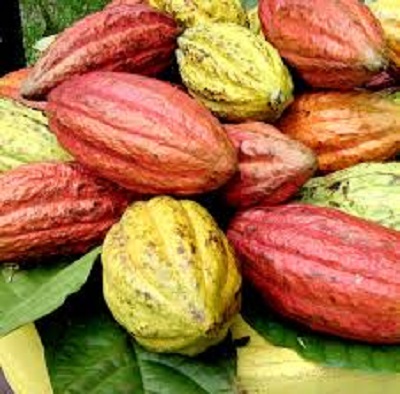



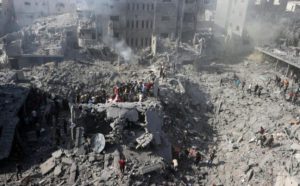
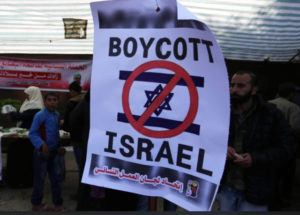



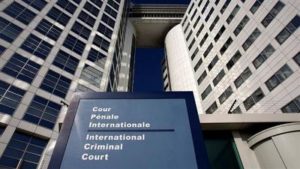
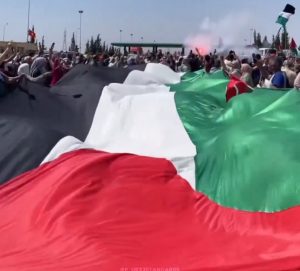
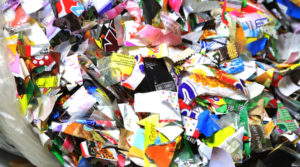


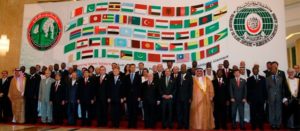





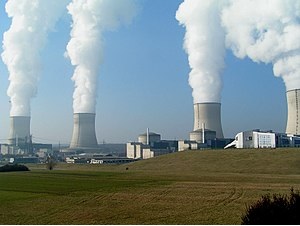








 Mina Indonesia
Mina Indonesia Mina Arabic
Mina Arabic